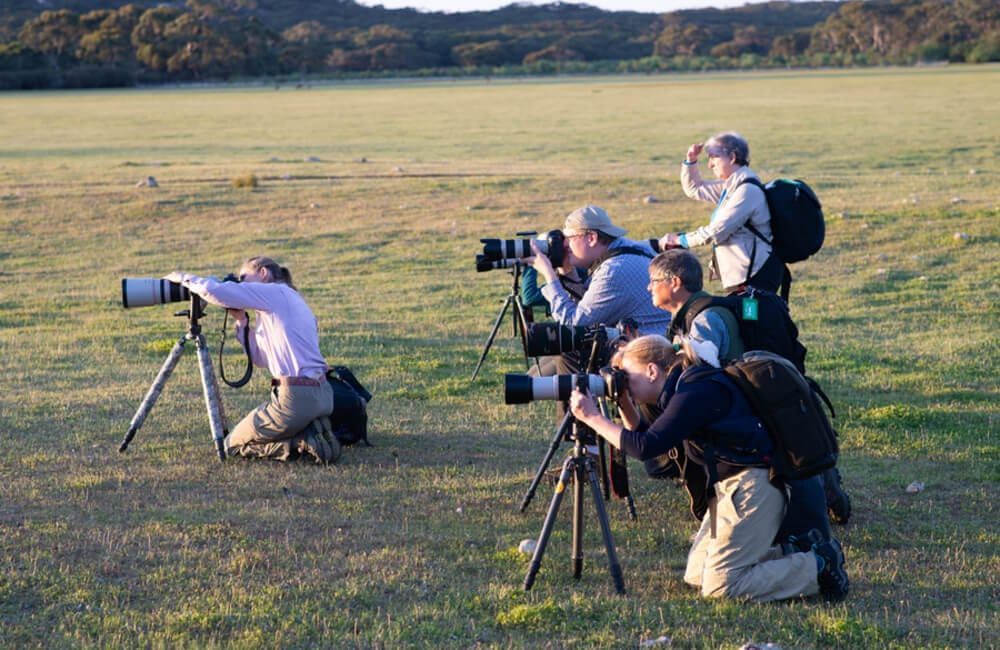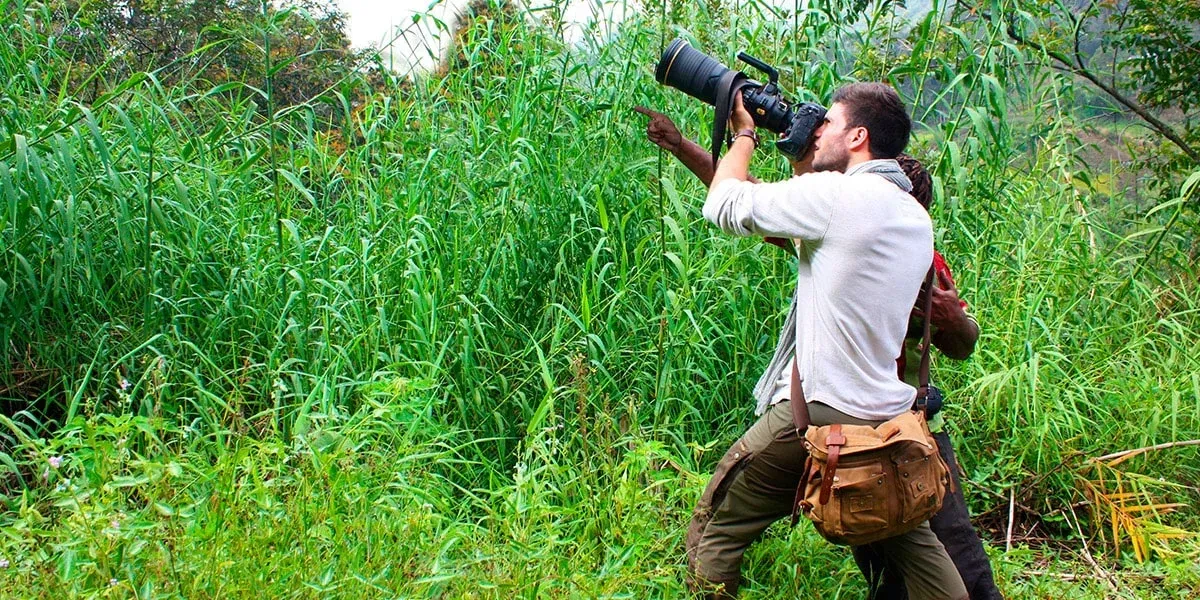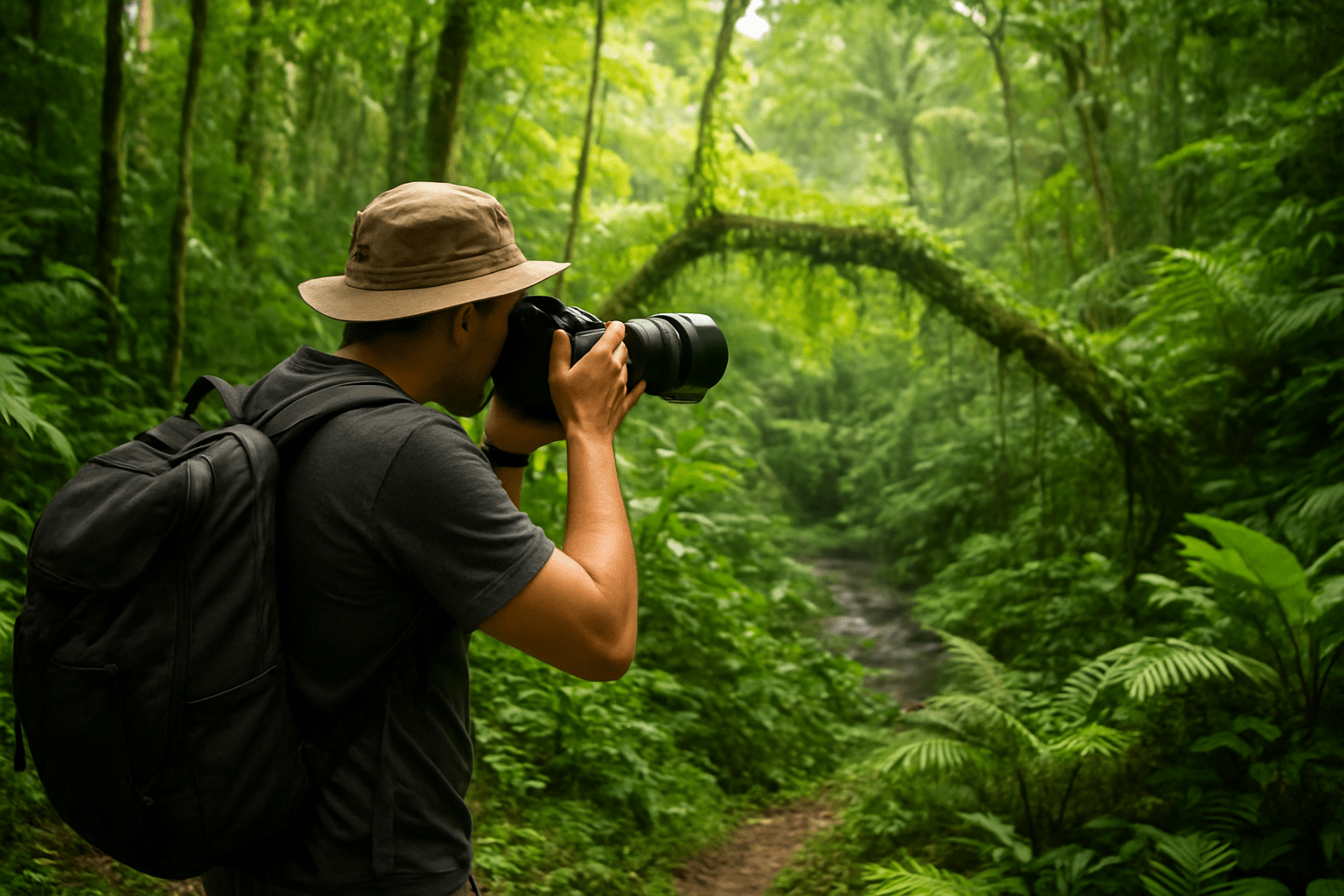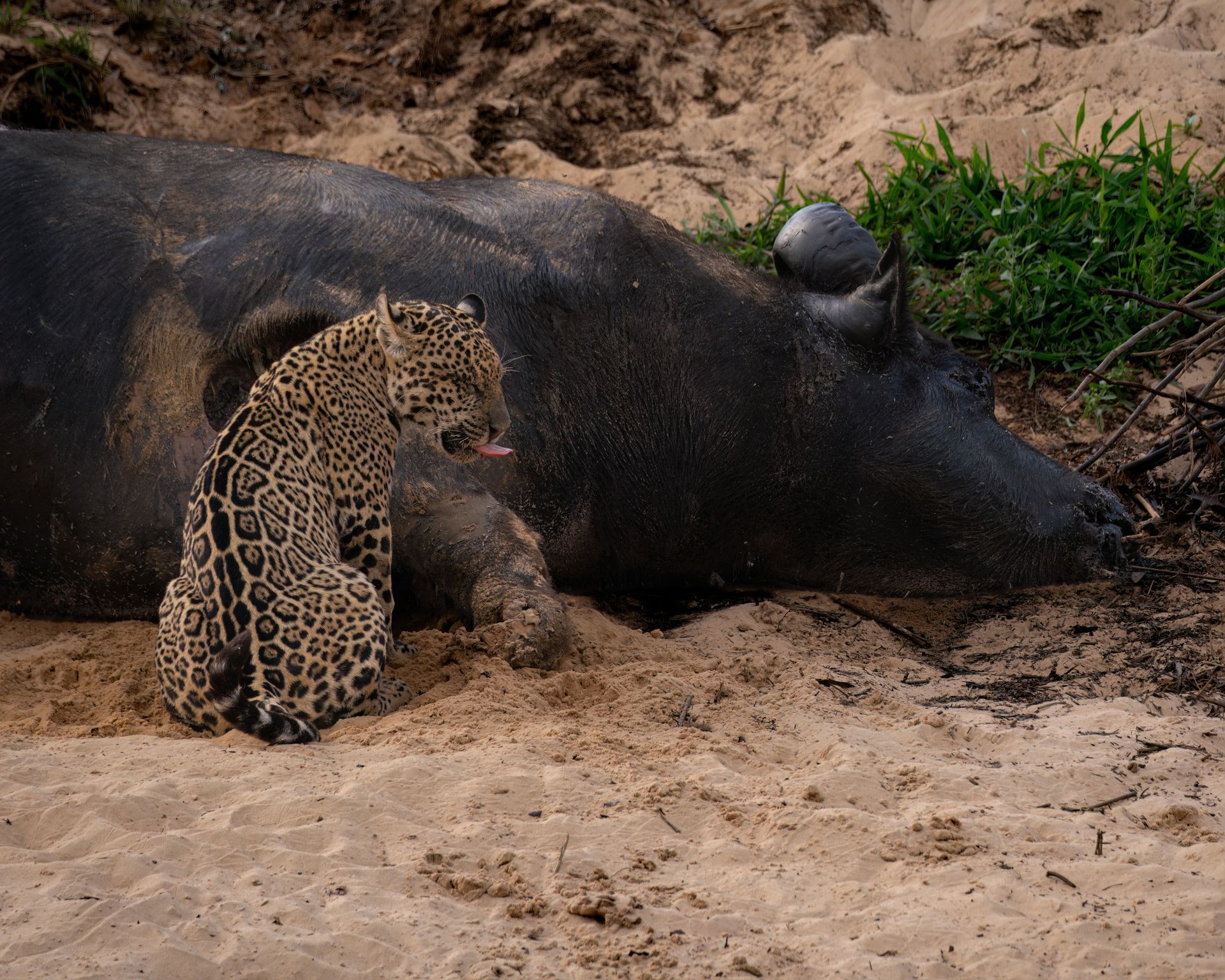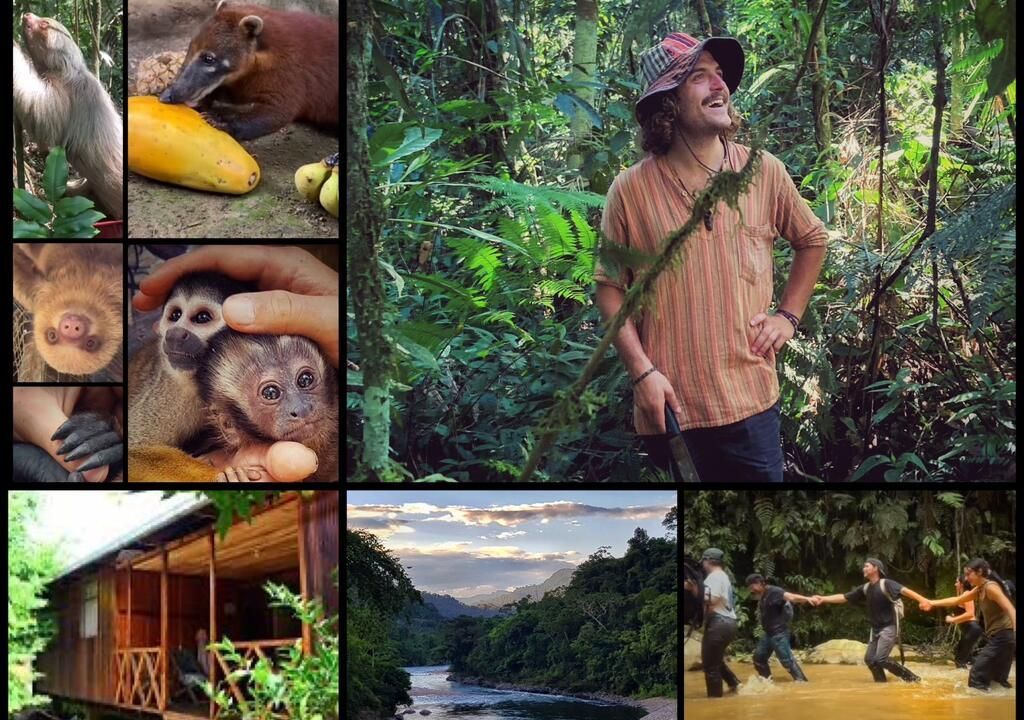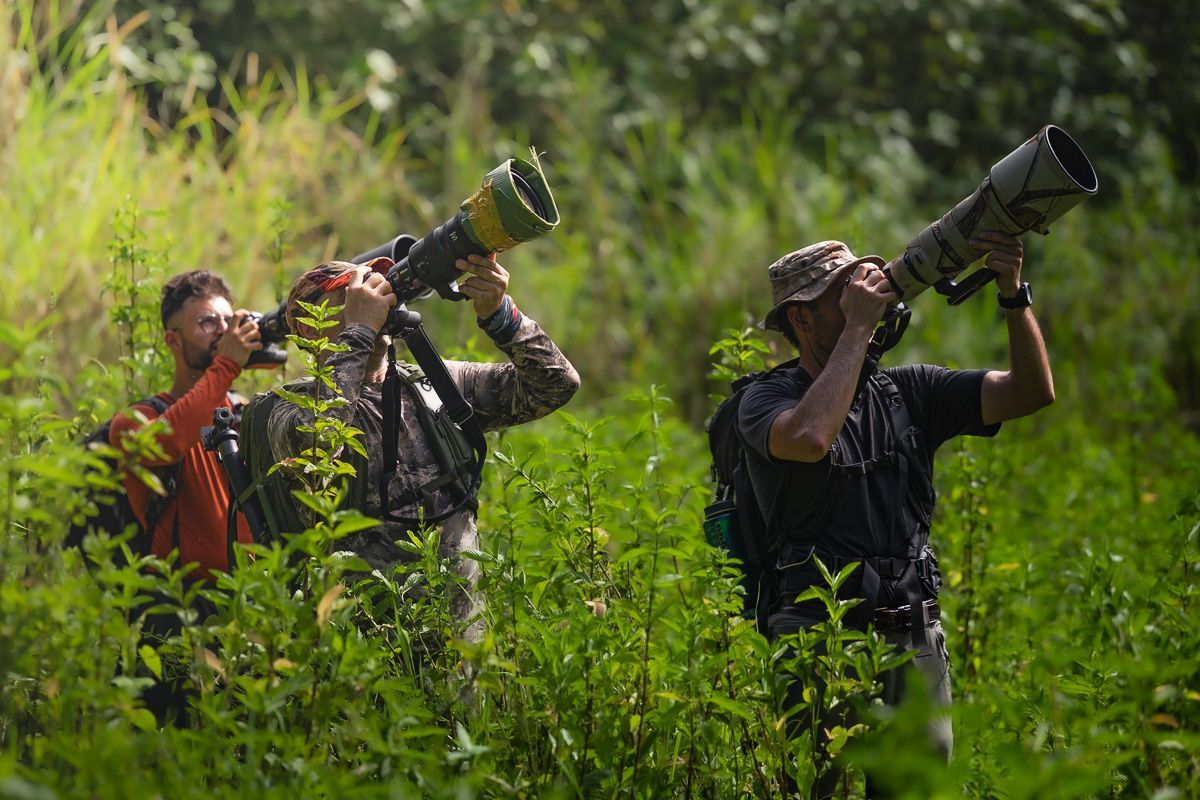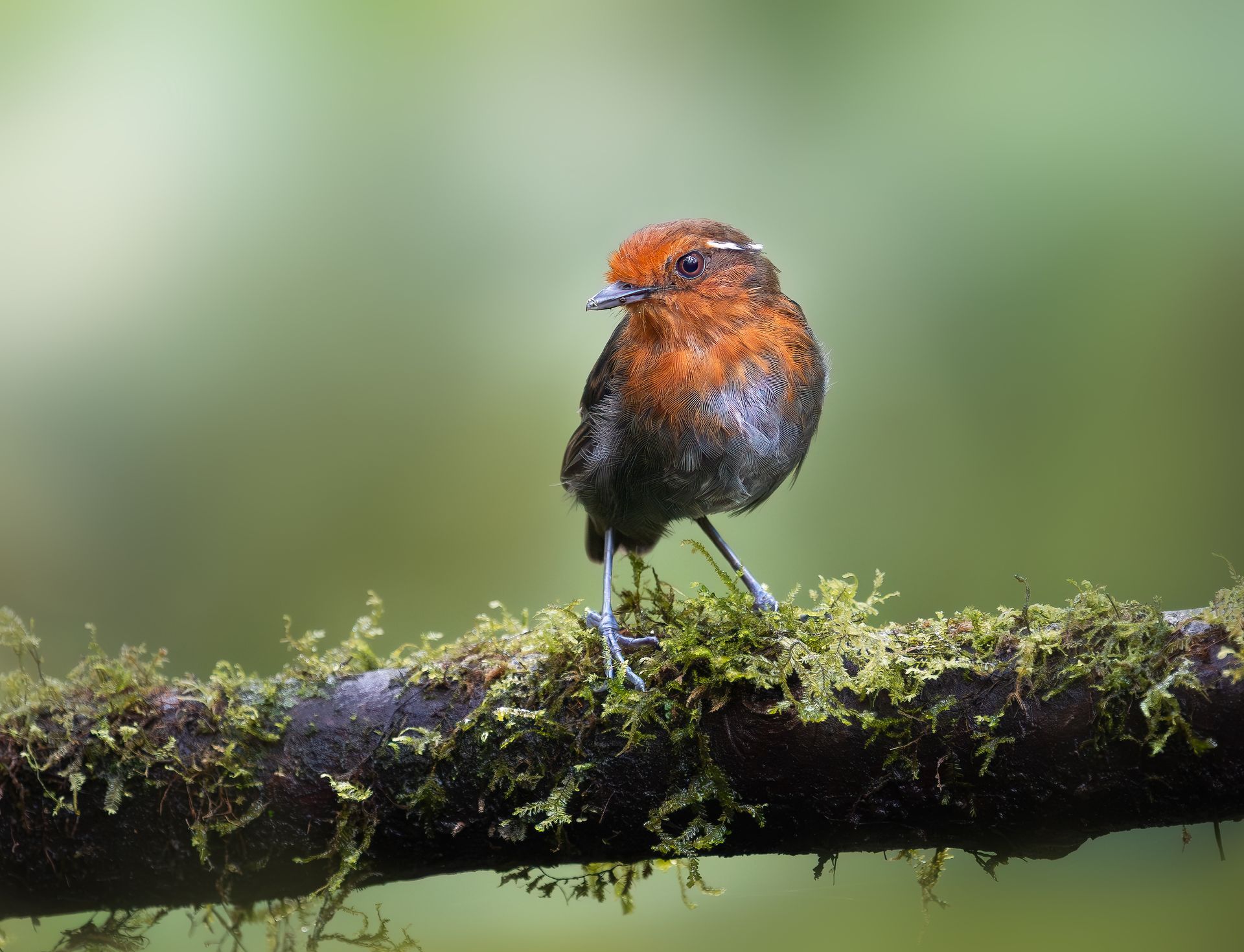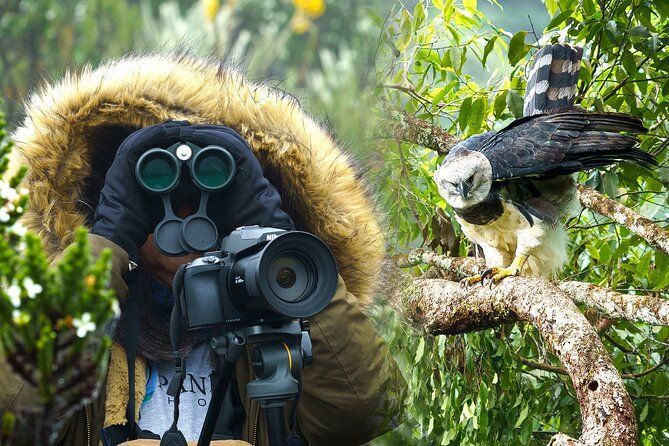Ultimate Galápagos Bird Photography Tour Guide
Ultimate Galápagos Bird Photography Tour Guide
The Galápagos Islands, a remote volcanic archipelago in the Pacific Ocean, is one of the world’s most iconic destinations for nature photographers. Famed for its role in Charles Darwin’s theory of evolution, the islands continue to inspire travelers with their raw beauty, endemic species, and close wildlife encounters that exist nowhere else on Earth.
For bird photographers, the Galápagos are nothing short of paradise. Here, fearless birds pose at arm’s length, the light dances across turquoise seas and black lava shores, and every island reveals its own story through unique avian life. From the Blue-footed Booby to the Waved Albatross, the Galápagos offer unmatched opportunities for photographers seeking dramatic compositions, storytelling wildlife moments, and artistic expression.
This Ultimate Galápagos Bird Photography Tour Guide covers everything you need to know — from the best islands and species to photograph, to camera settings, travel logistics, and top-rated tour recommendations. Whether you’re a professional photographer from Europe or North America or an enthusiast planning your first wildlife adventure, this guide will help you make the most of your trip.
1. Why the Galápagos Are a Bird Photographer’s Dream
Few places on Earth offer such intimate access to wildlife as the Galápagos Islands. Because the birds evolved without natural predators, they exhibit little fear of humans. This means photographers can capture close, natural shots without using extreme zoom or disturbing the subjects.
Every island in the archipelago has its own microclimate and ecosystem. From arid volcanic rock to lush highlands, the diversity of habitats ensures a wide variety of bird photography opportunities — coastal, marine, and terrestrial.
Highlights of Galápagos Bird Photography:
- Photograph iconic species found nowhere else, such as the Flightless Cormorant or Lava Gull.
- Capture courtship rituals up close, like the Booby’s famous “foot dance.”
- Enjoy soft equatorial light year-round, perfect for natural color tones.
- Experience dramatic backdrops — lava flows, cactus forests, cliffs, and sea vistas.
In short, the Galápagos allow photographers to blend documentary-style storytelling with fine art compositions — something very few destinations can offer.
2. Top Bird Species to Photograph in the Galápagos
The Galápagos archipelago hosts over 45 resident bird species, many of which are endemic. Here are the stars of every photographer’s lens:
Blue-footed Booby
Perhaps the most iconic bird of the islands, recognized for its bright turquoise feet. Their elaborate mating dance — with feet lifted high and wings outstretched — is a must-capture moment.
Best islands: North Seymour, Española, and San Cristóbal
Photography tip: Shoot at sunrise or sunset to bring out the soft blue tones of their feet.
Red-footed Booby
Slightly smaller than their blue-footed cousins, these boobies nest in trees rather than on the ground, creating great vertical composition opportunities.
Best islands: Genovesa and San Cristóbal
Photography tip: Use a zoom lens (200–400mm) to capture adults feeding chicks in treetop nests.
Nazca Booby
Larger and more elegant, Nazca Boobies are often photographed mid-flight or in courtship pairs along coastal cliffs.
Best islands: Española, Genovesa, and Floreana
Photography tip: Try side-lighting during golden hour to accentuate their white plumage and orange beaks.
Waved Albatross
This is the only albatross species that breeds exclusively in the Galápagos. Their intricate courtship rituals — head bobbing, beak clacking, and dancing — are among the most photogenic displays in the animal kingdom.
Best island: Española (Punta Suárez)
Photography tip: Use a wide-angle lens to capture pairs against ocean cliffs for dramatic compositions.
Galápagos Penguin
One of the world’s smallest penguins and the only one to live north of the equator. These agile birds can be photographed both above and below water.
Best islands: Fernandina and Isabela
Photography tip: For underwater photography, use a GoPro or underwater housing and shoot in clear, shallow bays during the day.
Magnificent Frigatebird
Known for their huge wingspan and males’ inflatable red throat pouch, frigatebirds provide incredible aerial and behavioral photo opportunities.
Best islands: North Seymour and Genovesa
Photography tip: Capture males displaying their inflated pouches from low angles with a blurred background.
Flightless Cormorant
A species that evolved without flight, these cormorants have small wings and powerful legs for diving. Their evolutionary uniqueness makes them a priority subject for wildlife photographers.
Best islands: Fernandina and Isabela
Photography tip: Focus on storytelling — show their nesting on black lava and interactions with chicks.
Darwin’s Finches
A group of over a dozen species that evolved from a common ancestor, each with unique beak shapes. They’re symbolic of natural selection and perfect for macro or close-up shots.
Best islands: Almost all
Photography tip: Use a fast shutter speed and a telephoto lens to capture their subtle differences.
Lava Heron
A small, dark heron that blends into volcanic landscapes. Their stealth hunting style provides dynamic action photography.
Best islands: Santiago and Bartolomé
Photography tip: Look for reflections near tide pools during early morning light.
Galápagos Hawk
The top avian predator of the islands, often perched dramatically on lava outcrops.
Best islands: Española, Santiago, and Fernandina
Photography tip: Frame them with volcanic textures and use a shallow depth of field for a cinematic look.
3. Best Islands for Bird Photography
Each Galápagos island offers something unique. Choosing the right combination is key to maximizing photographic diversity.
North Seymour Island
- Booby colonies, frigatebirds, and swallow-tailed gulls.
- Flat terrain makes it easy to walk with gear.
- Great for close encounters and nesting behavior photography.
Española Island
- Exclusive breeding site of the Waved Albatross.
- Large Blue-footed Booby colonies.
- Excellent coastal lighting and cliffs for dramatic shots.
Genovesa Island
- Nicknamed “Bird Island.”
- Red-footed Boobies and Short-eared Owls.
- Best for overhead flight shots and large colonies.
Isabela Island
- Largest island with multiple habitats.
- Galápagos Penguins, Cormorants, and Hawks.
- Combine terrestrial and coastal photography in one day.
Fernandina Island
- Most pristine island, with minimal human presence.
- Flightless Cormorants and Marine Iguanas share space.
- Ideal for minimalist compositions and storytelling.
4. When to Visit: Timing Your Bird Photography Tour
The Galápagos is a year-round destination, but bird activity varies by season. Knowing the timing can mean the difference between a good trip and an extraordinary one.
December–May (Warm/Wet Season)
- Lush green landscapes, warmer seas, calmer waters.
- Courtship and breeding for Boobies and Frigatebirds.
- Great time for capturing behavioral and nesting shots.
June–November (Cool/Dry Season)
- Cooler air, rougher seas, more overcast skies (soft light).
- Waved Albatross nesting season.
- Penguins and Cormorants are most active.
Pro Tip:
For a mix of weather and behavior, plan your trip in
April or May — transitional months with vibrant bird activity and balanced light conditions.
5. Equipment and Camera Settings for the Galápagos
Camera Gear Checklist
- Camera Body: Mirrorless or DSLR with fast autofocus (Sony A1, Canon R5, Nikon Z8).
- Telephoto Lens: 100–400mm or 200–600mm for most bird shots.
- Wide-Angle Lens: 16–35mm for landscapes and environmental portraits.
- Tripod/Monopod: Lightweight carbon fiber for stability on uneven terrain.
- Polarizing Filter: Enhances ocean blues and cuts glare.
- Waterproof Dry Bags: Essential for wet landings and humidity protection.
Recommended Settings
- Mode: Aperture Priority or Manual.
- Aperture: f/5.6–f/8 for sharp subject isolation.
- Shutter Speed: 1/1600–1/2000 for flight shots.
- ISO: Start around 400–800, adjust with light.
- Focus Mode: Continuous AF with subject tracking.
Bonus Tip: Bring a lens cloth and sensor cleaner — salt spray and fine dust are constant challenges on island landings.
6. Tour Options for Bird Photographers
1. Galápagos Photo Cruises
- Small expedition yachts (12–16 passengers) with photography guides.
- Visit multiple islands with daily landings.
- Best for diverse shooting conditions and comfort.
Recommended Operators:
- Lindblad Expeditions-National Geographic
- Ecoventura
- Aqua Expeditions
2. Land-Based Photo Tours
- Stay on inhabited islands (Santa Cruz, San Cristóbal, or Isabela).
- Day trips to nearby islands.
- More flexibility for editing, rest, and cultural interaction.
Recommended Operators:
- Galápagos Photo Tours
- Ecuador Nature Expeditions
- Latin Trails Photography Adventures
3. Private Custom Photography Tours
- Tailored for professionals or small groups.
- Include private guides, flexible timing, and extended shoots at key locations.
Recommended Approach:
Work with Ecuador-based companies that understand permit requirements and wildlife behavior schedules.
7. Ethical Wildlife Photography in the Galápagos
Conservation is central to the Galápagos experience. As a UNESCO World Heritage Site and national park, there are strict rules in place to protect wildlife.
Guidelines for Ethical Photography:
- Keep a minimum distance of 2 meters from all wildlife.
- Never use flash — it can disturb birds and nesting sites.
- Stay on marked trails at all times.
- Avoid feeding or touching animals.
- Respect park rangers and guides — they protect this fragile ecosystem.
Remember, the goal is to document behavior without influencing it. Your best photos will come from patience and respect.
8. Beyond Birds: Expanding Your Photography Portfolio
While the Galápagos is a bird photographer’s haven, it’s also rich with other subjects:
- Marine Iguanas basking on lava rocks.
- Sea Lions playing in turquoise shallows.
- Tortoises grazing in the highlands.
- Underwater worlds teeming with fish, rays, and sea turtles.
Bringing a small underwater camera or housing can open a whole new dimension to your storytelling.
9. Practical Travel Tips
- Permits: Photography is allowed but guided tours are mandatory.
- Weather: Expect quick changes; carry light rain gear.
- Connectivity: Limited internet; bring extra storage cards.
- Insurance: Include coverage for camera gear and medical evacuation.
- Sustainability: Use reef-safe sunscreen and reusable bottles.
10. Why Photographers from Around the World Choose the Galápagos
Photographers from Europe, North America, and Asia are drawn to the Galápagos not only for the wildlife but also for the creative freedom the islands inspire. With minimal human interference, every frame feels natural, intimate, and timeless.
The islands teach patience, respect, and a deeper connection with nature — values that reflect in every photograph taken here. Whether it’s a close-up of a Blue-footed Booby performing its dance, a soaring Frigatebird silhouetted against the horizon, or a Waved Albatross tending to its chick, each image tells a story of evolution, adaptation, and wonder.
Final Thoughts
The Galápagos Islands aren’t just another destination — they’re a living studio of natural art. For bird photographers, this is one of the few places left where wildlife truly reigns and humans are respectful observers.
From the cliffs of Española to the mangroves of Isabela, every moment is a chance to capture a piece of history — a world still shaped by natural forces and filled with untamed beauty.
If your dream is to create powerful, story-rich wildlife imagery, then the Galápagos should be at the top of your list. With the right preparation, ethical mindset, and an adventurous spirit, your camera will capture not just birds — but the very essence of life itself.



